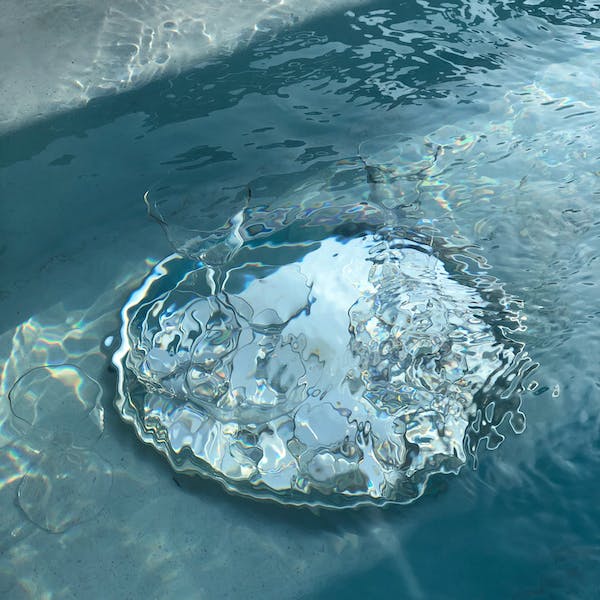How to Drain a Water Heater.
by siteadmin

Water heaters should always be drained once a year to prevent scaling and sediment buildup. The task of draining a water heater in your home is simple, but there are things you need to know before you do this.
Open the Faucets
The easiest way of draining a water heater is to open its faucets. It is possible to open all hot water taps in your home and allow air circulation into the system. This will prevent a vacuum form inside the tank.Next, attach a gardenhose or hose to the drain valve at your water heater. You have two options: you can run it outside to a large plastic bucket or put it in your floor drain.After the water heater has been drained, you can briefly switch on the water supply for a few seconds to loosen any sediment. If necessary, take out the drain valve so that sediment can flow through a larger hole.Once the water heater has been turned off, open the valve at the top of your tank to refill it with cold tap water. This helps flush out sediment from the tank and makes hot water much more enjoyable.
Locate the Drain Valve
Water heater drain valves are used to flush calcium and minerals from the tank. Flushing water heaters is part of routine maintenance. It prolongs their life and makes them run more efficiently. On both electric and natural gas water heaters, the drain valve is often located near to the bottom of the tank. Drain valves are generally made from plastic or brass, and come with a handle to open and close them. Some might have an adjustable wrench that can be added for additional convenience. Connect a standard length hose to the drain valve. Then, place it in a location where water can safely drain. It is important to be cautious when draining because this water may get hot.
Attach a Hose
A drain valve is a common feature on water heaters. It can be connected by a garden hose to drain and flush out sediment from the tank. This is a great method to clear out your heater or flush out any minerals. Once the hose connection is complete, close the drain valve and allow water to run out of tank. Keep doing this until all debris has been removed. Work near hot water tanks' drainage areas can pose a danger due to their extremely hot water.
Open the Drain Valve
The drain valve on a heater is there to help flush out calcium or other mineral sediments at the bottom. This can block its system and lead eventually to the heater breaking down. Flushing the water heater is an essential maintenance task. It can increase its lifespan, improve efficiency, and save money on electricity bills. Attach a garden hose and connect it to the water heater's drain valve. Run it outside or to a nearby drain. To catch any running water, you may use a bucket. Once the tank is empty, turn off the water supply to your heater. Doing so will loosen any sediment which might have blocked the drain valve.
Plumbing & Electrical Concepts
https://plumbingandelectricalconcepts.com/
Water heaters should always be drained once a year to prevent scaling and sediment buildup. The task of draining a water heater in your home is simple, but there are things you need to know before you do this. Open the Faucets The easiest way of draining a water heater is to open its faucets. It…
Recent Posts
- Lawn Care Spring Branch Advocates for Property Care: Combatting Weed Growth and Preserving Curb Appeal
- Lawn Care Spring Branch Advocates for Property Care: Combatting Weed Growth and Preserving Curb Appeal
- Leveraging Technology for Accessible Real Estate Investing: A Deep Dive into Robinhood REI
- Designing Your Dream Home: Customization Options in Modern Manufactured Homes Across Arizona
- Expert Cleaners Lexington Shares Essential Tips for Properly Cleaning Hardwood Floors
